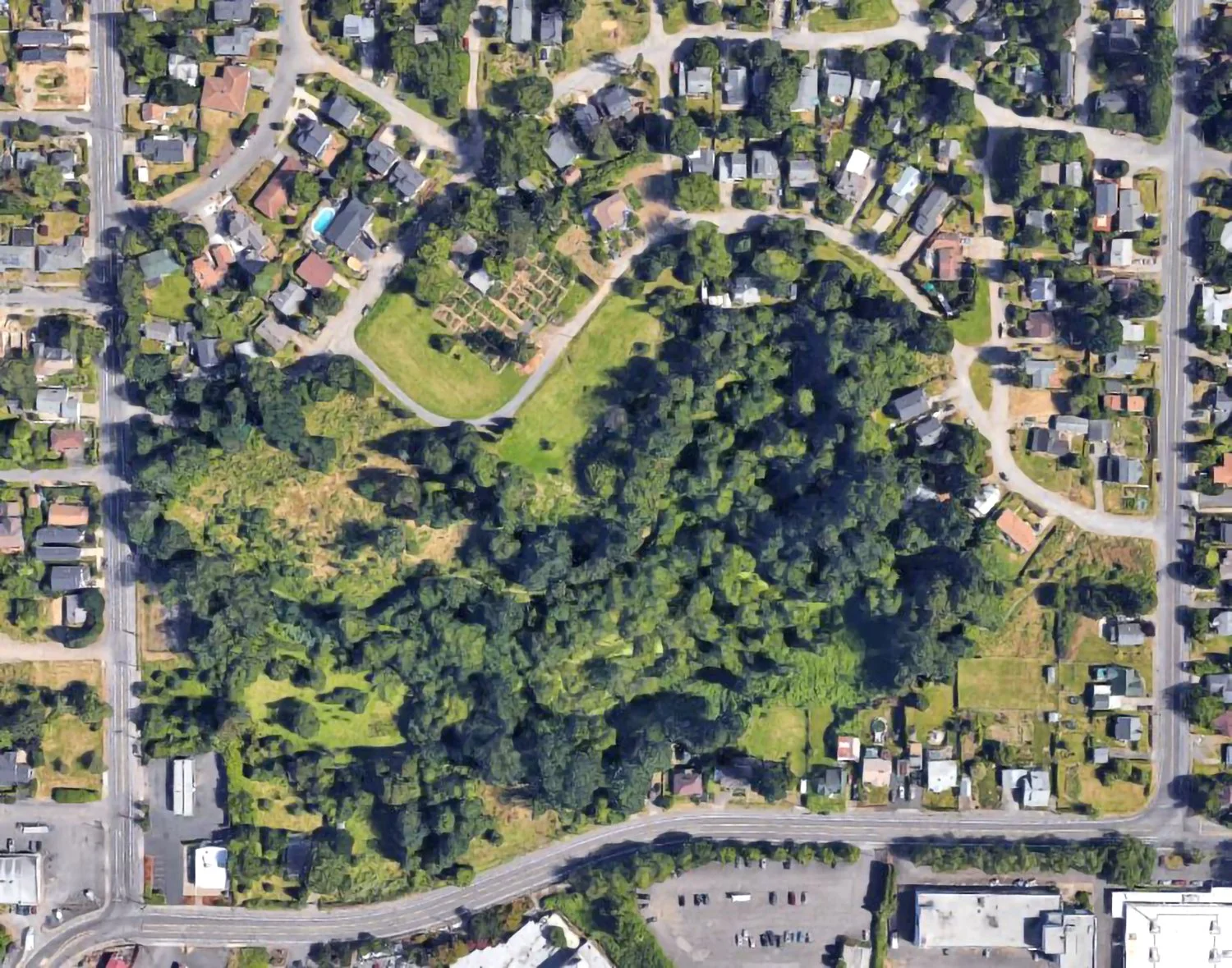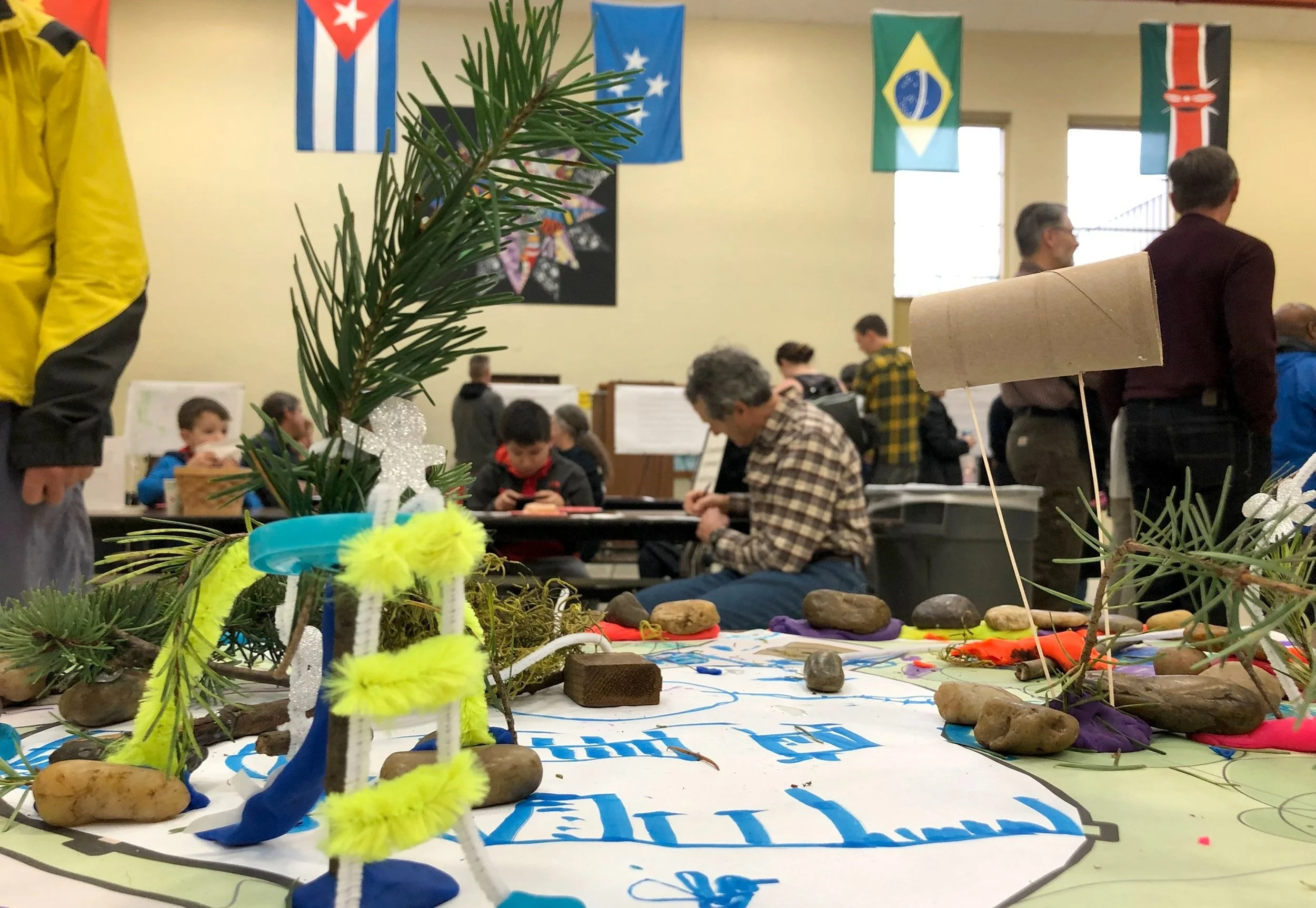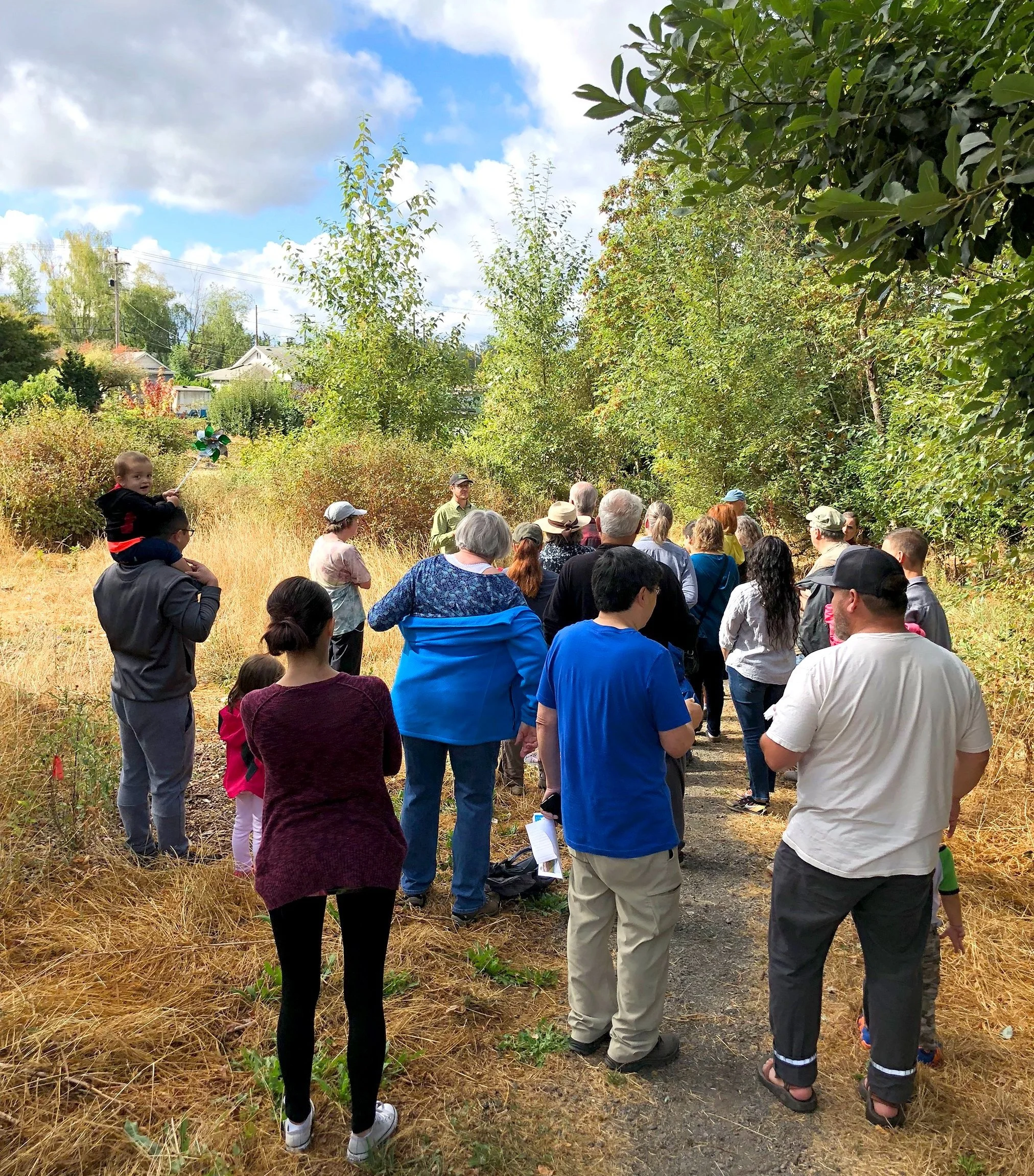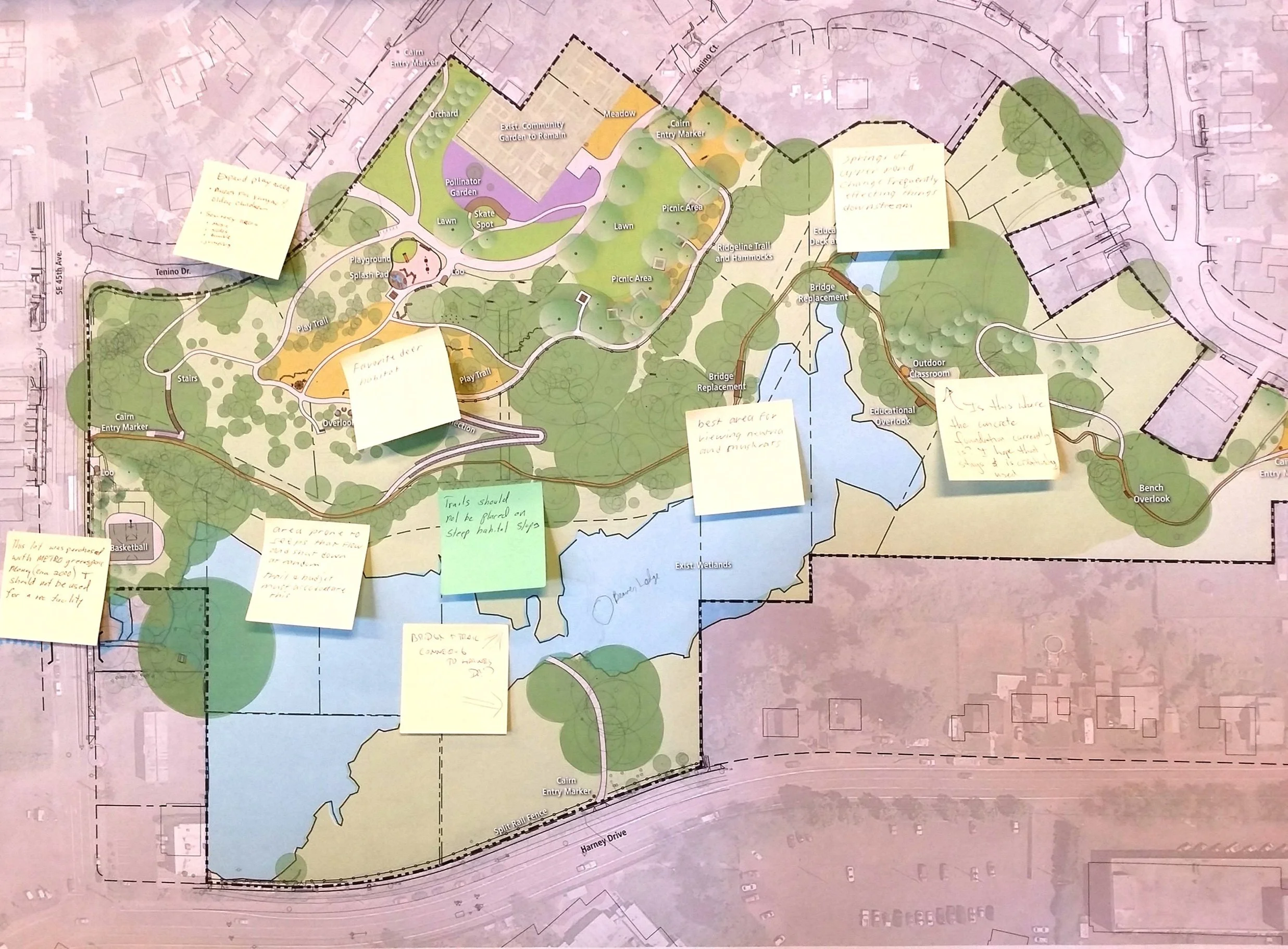
Conflict can be a catalyst for creativity
It’s tempting to prefer projects where there’s broad agreement on a particular project outcome or solution. Or projects where there’s little opposition or friction with the community. That makes sense; it’s nice to make the public happy.
But often, projects with the greatest need for engagement are those where people have major concerns and can’t find a common solution. The hard ones. The head scratchers. Those are the times when JLA leans in and rolls up our sleeves. Because it’s those projects where a thoughtful process can be the difference between an uninspiring outcome, and one where the project team and the community find their creative mojo—together.
Many needs, one park
The process to design Portland’s Errol Heights Park, which opened to the public June 2024, is a great example of confusion and conflict eventually leading to creative solutions.
When JLA was brought onto this project during the design phase, the neighbors were in heated disagreement over what amenities the future park should include, and were fearful that the parts of the site they’d cultivated and loved would be lost.
At the first Community Advisory Committee meeting, we heard…
Leave the space wild. It’s a habitat for deer, beaver and owls.
The area is an dumping ground and needs to be cleaned up.
The garden cannot move!
The neighborhood children need a place to play—but they’re all different ages with different needs.
We desperately need a basketball court.
Basketballs are noisy, and habitat areas are not the right place for noise.
This is a park for the neighborhood and there’s no room for visitors.
And so on….
It appeared that there was no singular topic that the neighborhood could agree on, so we had to design a process in which people come work together to design the new park.
Back to the sandbox
We realized that part of the challenge was that the challenge itself wasn’t well understood—by the community or the project team. Before trying to find common ground, we needed alignment on what was possible. Then we needed to be specific about which elements the community could influence.
This is one of those pivotal moments, where parameters get defined. But it’s also where fear of conflict can cause creativity to die.
When a project is going off track, that’s the most important time to get all decision makers and influencers together to decide how to move forward. This is when you ask:
What are the purpose and goals of this project? What are the limits and constraints?
Is there flexibility to change course?
Are there things we haven’t explored yet?
What is realistic to commit to and can we give the public what they’re asking for?
In other words, rebuild the sandbox. And some of the most wonderful things are built in sandboxes.
Collaboration and community-based outcomes
For Errol Heights Park, the City decided they were open to creative solutions and wanted to ask the community to co-create them. The large site invited opportunities for many types of amenities in one park.
After regrounding in what was possible and what decisions the community could influence, we asked people to suggest solutions to help meet everyone’s needs: the wildlife, nearby neighbors, kids and the larger neighborhood. We held many types of meetings that invited a variety of folks to participate. Ultimately, we found a place for the basketball court near the louder, busy road. The habitat was restored and made better while also allowing for protected viewing areas. The playground is spread out to encourage exploration and offer ways to play regardless of your age or needs. The garden is still thriving.
In the end, the park is a great success. This outcome took a village—a willingness to trust each other, by the project team and by the community. It was only possible by being open to explore new ideas, listen to each other, make compromises, and agree on shared goals and values. It required leaning into the challenge, and seeing an opportunity.
JLA worked on this project in collaboration with Portland Parks & Recreation, Mayer/Reed, and the SE Portland community.
Project story by Jessica Pickul.






